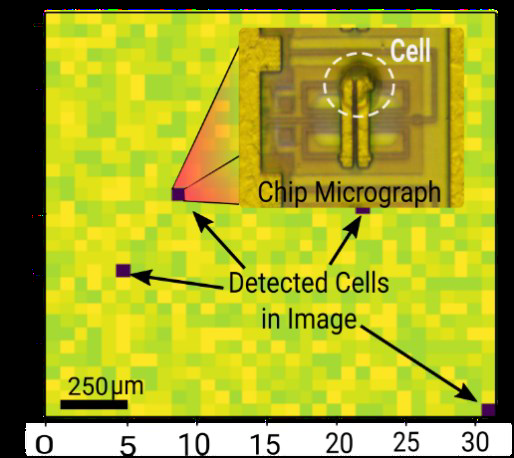Workgroup Bornhorst

Due to the rapidly progressing industrialization, the pollution of the environment with various metal species is increasing. Therefore concerns are rising about human exposure to contaminated air, food, and water which are supposed to be the most important route of exposure for the general population. High levels of essential trace elements (e.g. manganese [Mn], iron [Fe], zinc [Zn], copper [Cu] and Cobalt [Co]) for example as well as low levels of metal species with no known biological functions (e.gmethylmercury [MeHg], nickel [Ni], and cadmium [Cd]) are associated with adverse impacts on human health are further supposed to be a risk factor for several disorders as neurodegenerative diseases. Since the underlying mechanism of metal toxicity (single as well as in mixtures, see TraceAge) are not fully understood, both human cell cultures and the model organism Caenorhabditis elegans (C. elegans) are used in accordance with the "3R" (reduction, refinement and replacement of animal experiments) concept. Next to assessing the most sensitive target cell and the most sensitive pathways it is mandatory to always correlate the observed effects to the cellular metal contents.

THz imaging will provide a non-invasive, non-destructive, high-throughput, and accurate method for detecting cells and assessing dynamic cellular processes in response to different toxicants and drugs. The sensor surface will further support the simultaneous non-destructive, high-troughput detection of toxic metals. THz imaging will further allow imaging body movement and pharyngeal pumping in C.elegans which is a reliable endpoint in testing neurotoxicity.
Publications
-
V. Michaelis, S. Kasper, L. Naperkowski, J. Pusse, A. Thiel, F. Ebert, M. Aschner, T. Schwerdtle, H. Haase, J. Bornhorst, The impact of zinc on manganese bioavailability and cytotoxicity in HepG2 cells. Mol Nutr Food Res. 2023 Jan 22:e2200283.
-
M. M Nicolai, B. Witt, S. Friese, V. Michaelis, L. Hölz-Armstrong, M. Martin, F. Ebert , T. Schwerdtle, J. Bornhorst, Mechanistic studies on the adverse effects of manganese overexposure in differentiated LUHMES cells, Food Chem Toxicol . 2022 Jan 19;161:112822.
-
M. M. Nicolai, A. K. Weishaupt, J. Baesler, V. Brinkmann, A. Wellenberg, N. Winkelbeiner, A. Gremme, M. Aschner, G. Fritz, T. Schwerdtle, J. Bornhorst, Effects of Manganese on Genomic Integrity in the Multicellular Model Organism Caenorhabditis elegans, Int. J. Mol. Sci. 2021, 22, 10905.
